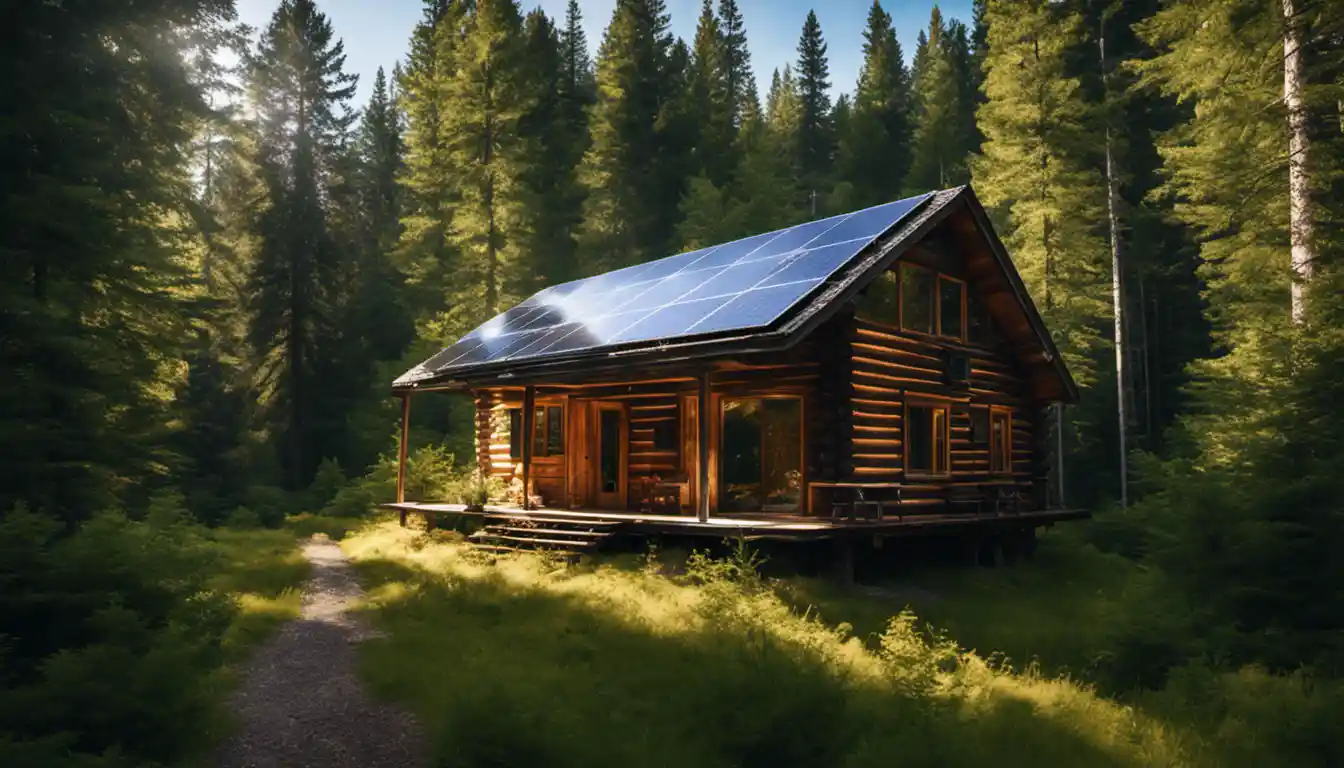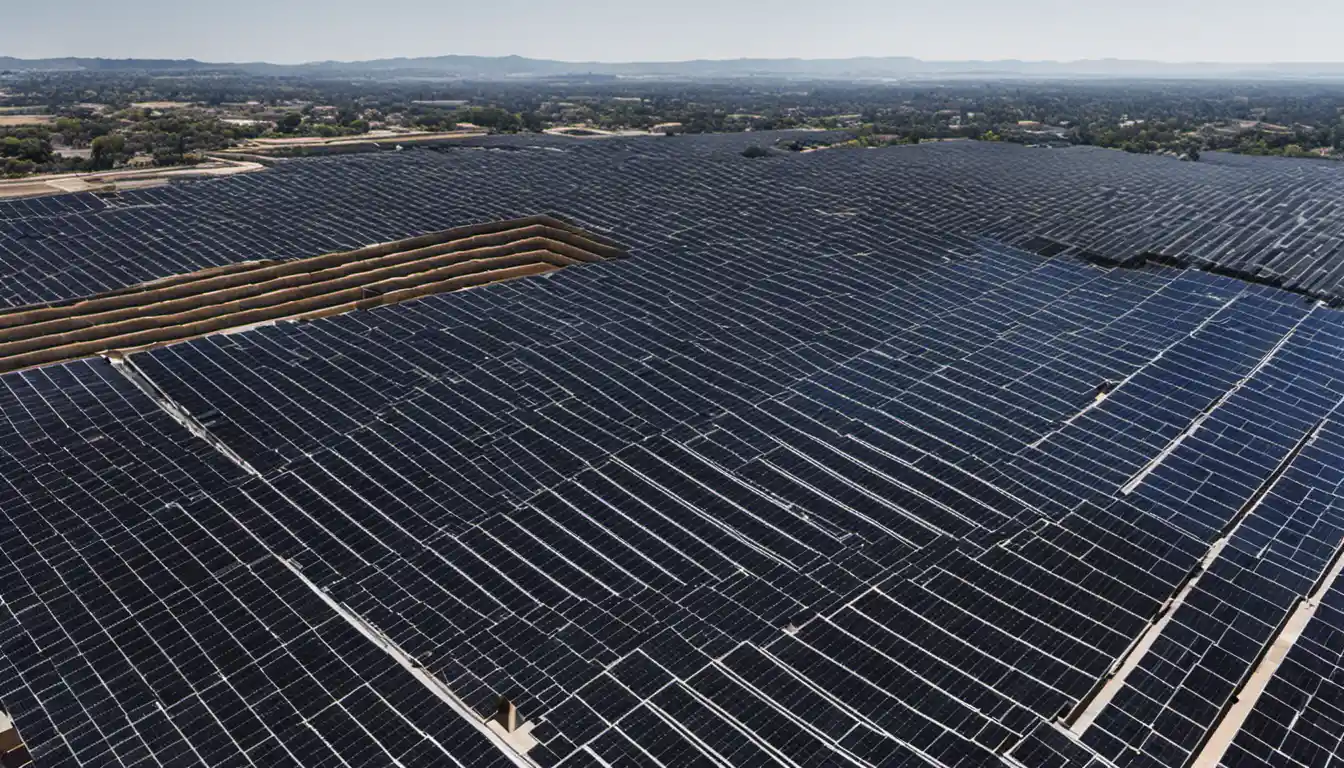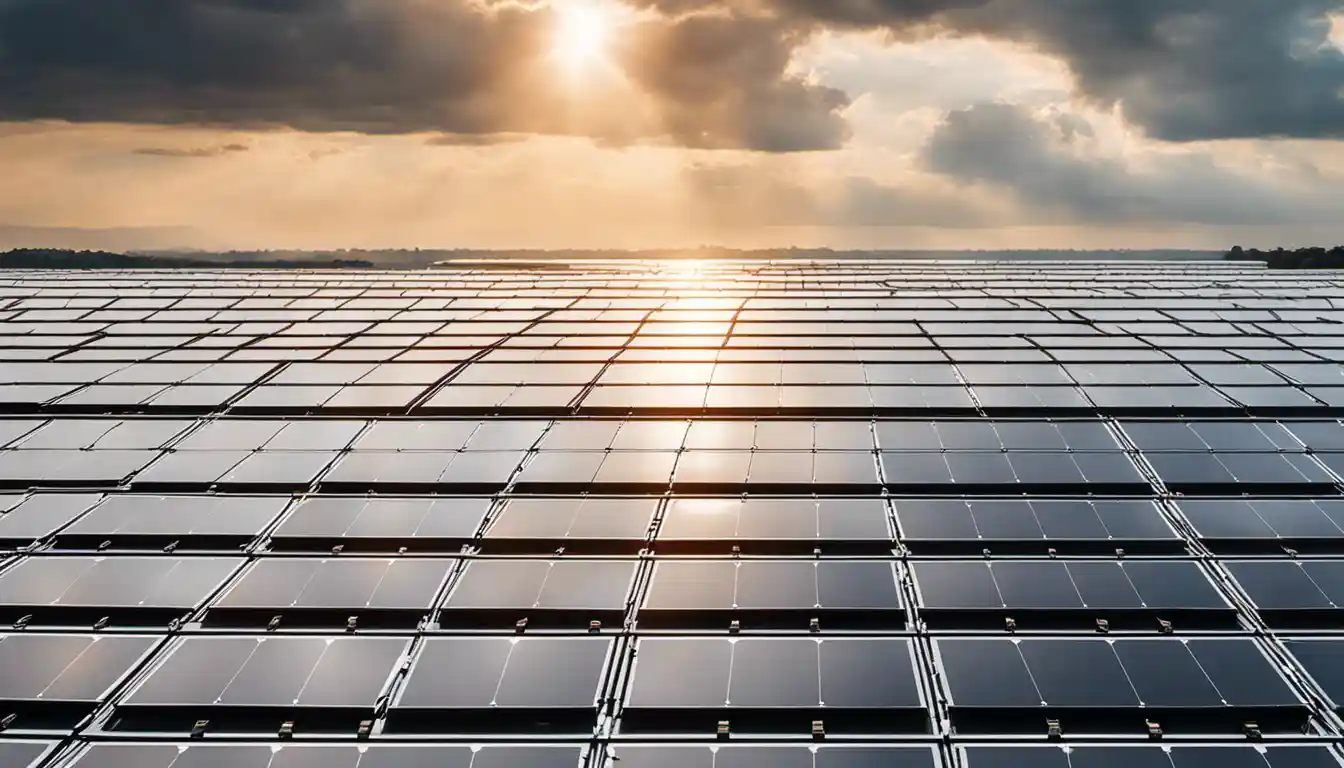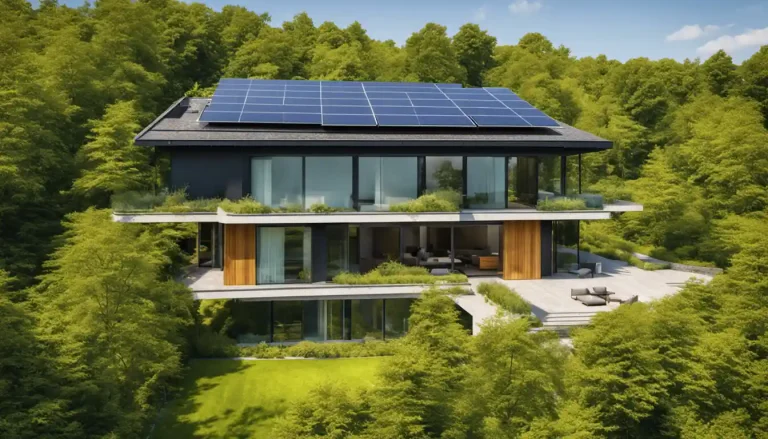Understanding the Concept of Going Off-Grid
The number of solar panels needed to run a house off-grid depends on several factors, including the average energy consumption of the house and the amount of sunlight the location receives. On average, a typical American home would need about 28 to 34 solar panels to run completely off-grid.
What it Means to go Off-Grid
Going off-grid simply means disconnecting from the central grid. Today, there is a growing trend of people opting for sustainable and eco-friendly alternatives to power their homes, and hence the interest in off-grid living.
The Role of Solar Panels in Off-Grid Living
Solar panels play a pivotal role in off-grid living. They convert the power of the sun into electricity, which is then used for various household purposes. Solar panels are the primary source of electricity in an off-grid home. Check out our detailed explanation on the basics of an off-grid solar system here.
The Pros and Cons: Is Going Off-Grid Right for Your Home?
Embracing an off-grid lifestyle is a big decision that requires ample research and planning. It’s not for everyone, but the rewards, for those whose circumstances and inclination lean that way, can be significant.
Assessing the Feasibility for Your Individual Scenario

Any assessment begins with a few critical questions: how many solar panels to run a house off grid? What size off grid solar system do I need? What’s the initial investment and the long-term maintenance cost? Is your location suitable?
Off-grid vs On-grid Living: Main Differences
Two main factors distinguish off-grid from on-grid living. First, for an off-grid setup, you’re primarily dependent on solar power and storage systems, while for on-grid, you rely on the main power grid. Second, off-grid systems require higher upfront investments but can be more cost-effective in the long run.
Building Your Off-Grid Solar System
Once you’ve weighed your options, the next step is constructing the solar power system.
Overview of the Required Equipment
The critical components include solar panels, inverters, charge controllers, and battery banks. The number of solar panels you need will depend on factors such as the sun hours at your location and household’s energy needs.
Understanding Solar Panel Systems: 12v, 24v, or 48v?
The voltage of your solar panel system depends on your energy needs and the type of batteries you use. In general, higher voltage systems are more efficient and experience less energy loss during transmission.
Calculating Your Solar Panel Needs for Going Off-Grid

Now let’s talk about the main question on your mind: “how many solar panels to run a house off grid?”
The answer depends on two factors: your home’s energy needs and the average peak sun-hours in your area.
Step 1: Calculate Your Electricity Usage
Identify your daily energy usage by reviewing your utility bills or using an online energy calculator.
Step 2: Determine Sunlight Availability in Your Location
The amount of sunlight your solar panels can harvest depends on where you live. Places nearer to the equator generally receive more sun hours.
Step 3: Calculate the Size of the Solar System You Need
Combine your energy needs with the peak sun hours to calculate the size of your off-grid solar system. A larger home or a home with higher energy consumption will need a bigger system.
Step 4: Determining How Many Solar Panels You Need

Once you have the system size, you can calculate the number of solar panels you need. A typical solar panel produces around 250 to 300 watts of power, so divide your system size requirement by the solar panel’s wattage.
The Role of Backup Batteries & Generators for Off-Grid Systems
In an off-grid house, energy storage is key to ensure a steady power supply, especially at night or during cloudy days.
Necessity of Backups
Backup batteries store excess solar energy, providing power when the solar panels cannot generate enough electricity. The number of batteries you need depends on your energy usage, the chosen battery’s capacity, and how many days you want it to last without sun.
The Cost Aspect of Off-Grid Living
Despite high initial costs, off-grid living can save significant amounts in utility bills in the long run.
Conclusion: Steps to Achieving Energy Independence with Solar Panels
Going off-grid is a life-changing decision that requires careful thought and planning. This article answers several critical questions about off-grid living, including “how many solar panels to run a house off grid” and “what size off grid solar system do I need”. It also gives practical steps to achieve energy independence using solar panels.
Live sustainably by harnessing the power of the sun, and join the green movement!



